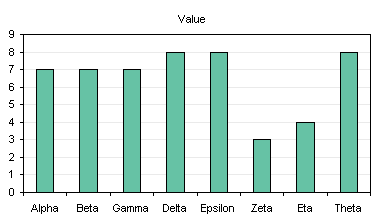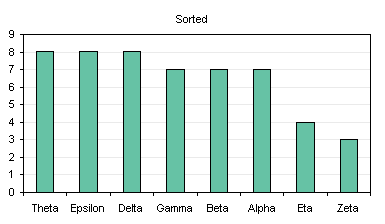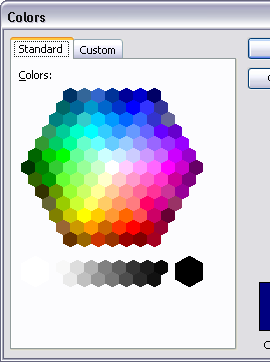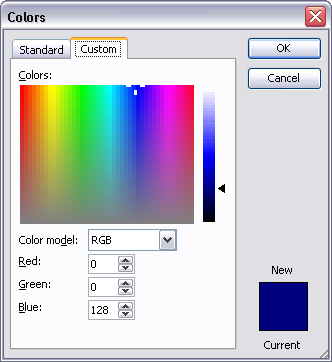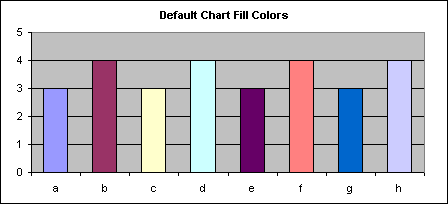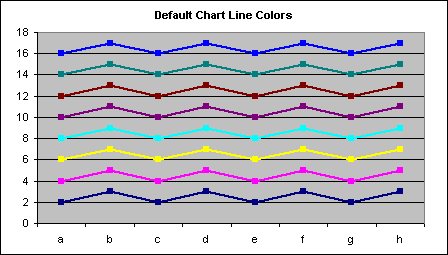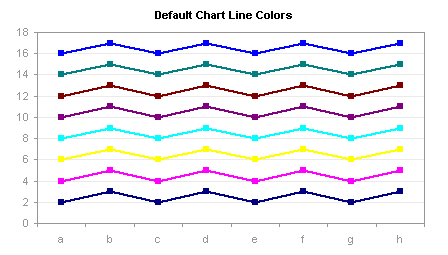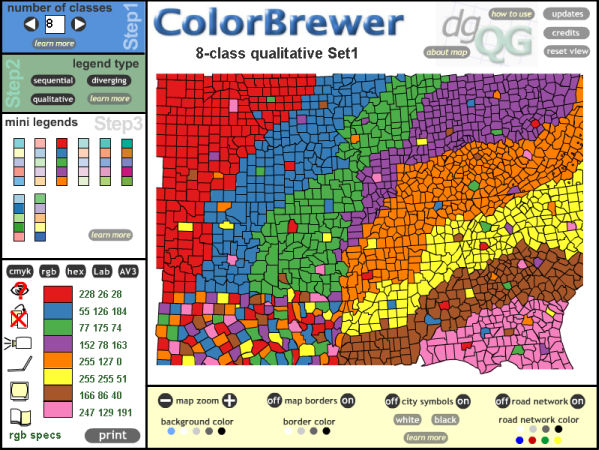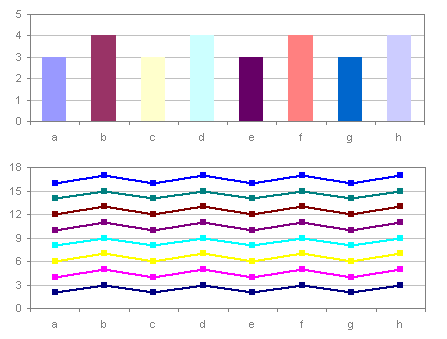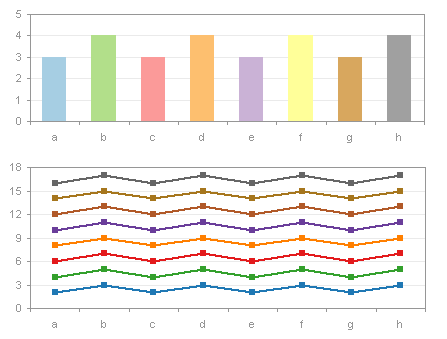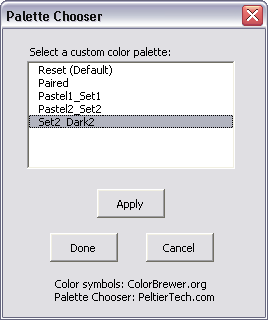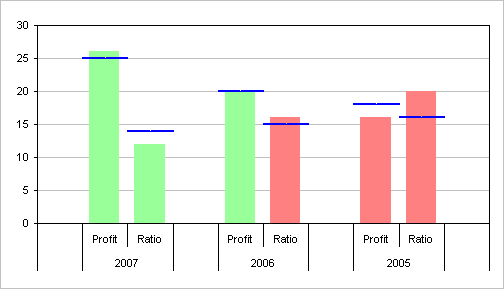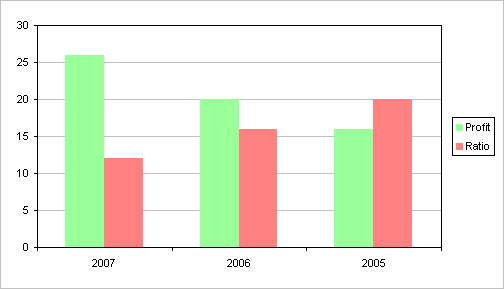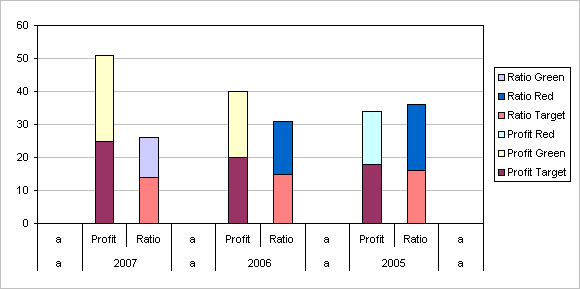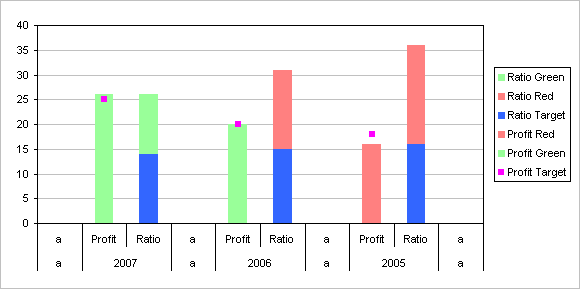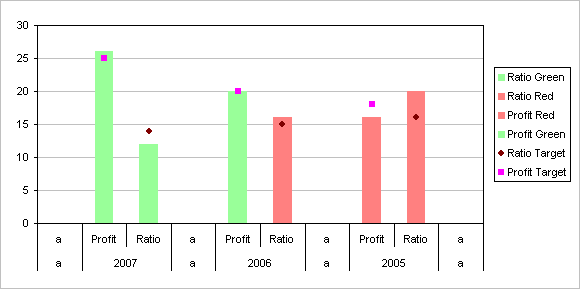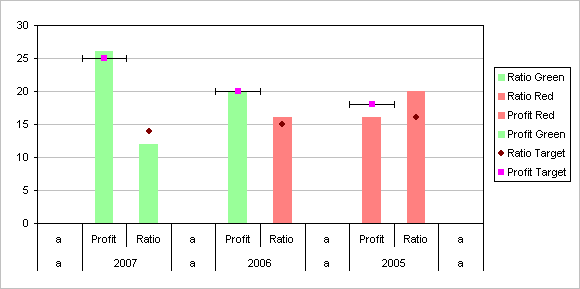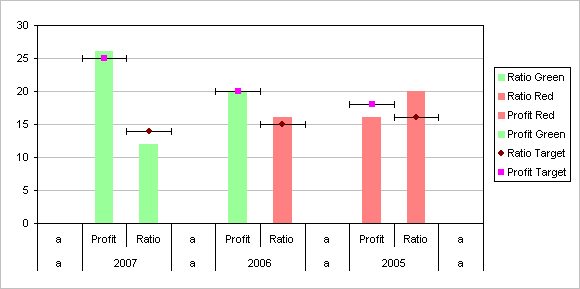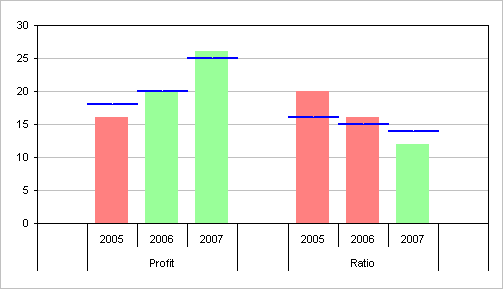No time for a full post today (busy busy!), but I wanted to point you to a well written article by my colleague and fellow Excel MVP Charley Kyd of ExcelUser.com, who explains how to Create Cycle Plots in Excel to Chart Seasonal Sales Data.
If you simply plot date-related data, you may notice cyclical patterns, but it’s not easy to compare the patterns from, say, year to year.
Using a Cycle Plot, you group the data by month, rather than show it strictly in date order. This allows you to compare months with each other, and also to see how each month has been performing year over year. Charley’s article shows how to plot your data this way rather painlessly.
Charley’s chart and protocol is based on Naomi Robbins’ recent article, Introduction to Cycle Plots, on the Perceptual Edge web site. The Cycle Plot is similar to the Panel Chart, which I cover on my web site:
Stacked Charts With Vertical Separation
Panel Charts with Different Scales
Panel Chart Example: Chart with Vertical Panels
Births by Day of the Year
Kelly O’Day also covers Panel Charts and Cycle Plots on his Process Trends web site. In fact, Kelly may have coined the phrase “panel chart”.
Charley has made a habit of turning good techniques and resources into practical business tools. A few years ago, Stephen Few of Perceptual Edge wrote a book entitled Information Dashboard Design, which explained how to present information in ways which are known to be effective, based on the psychology of cognition and the physiology of vision. Charley combined Stephen’s work with his own background as CIO and produced an ebook called Dashboard Reporting with Excel, along with a set of templates and workbooks that support dashboard reporting. Both are worthwhile resources.




